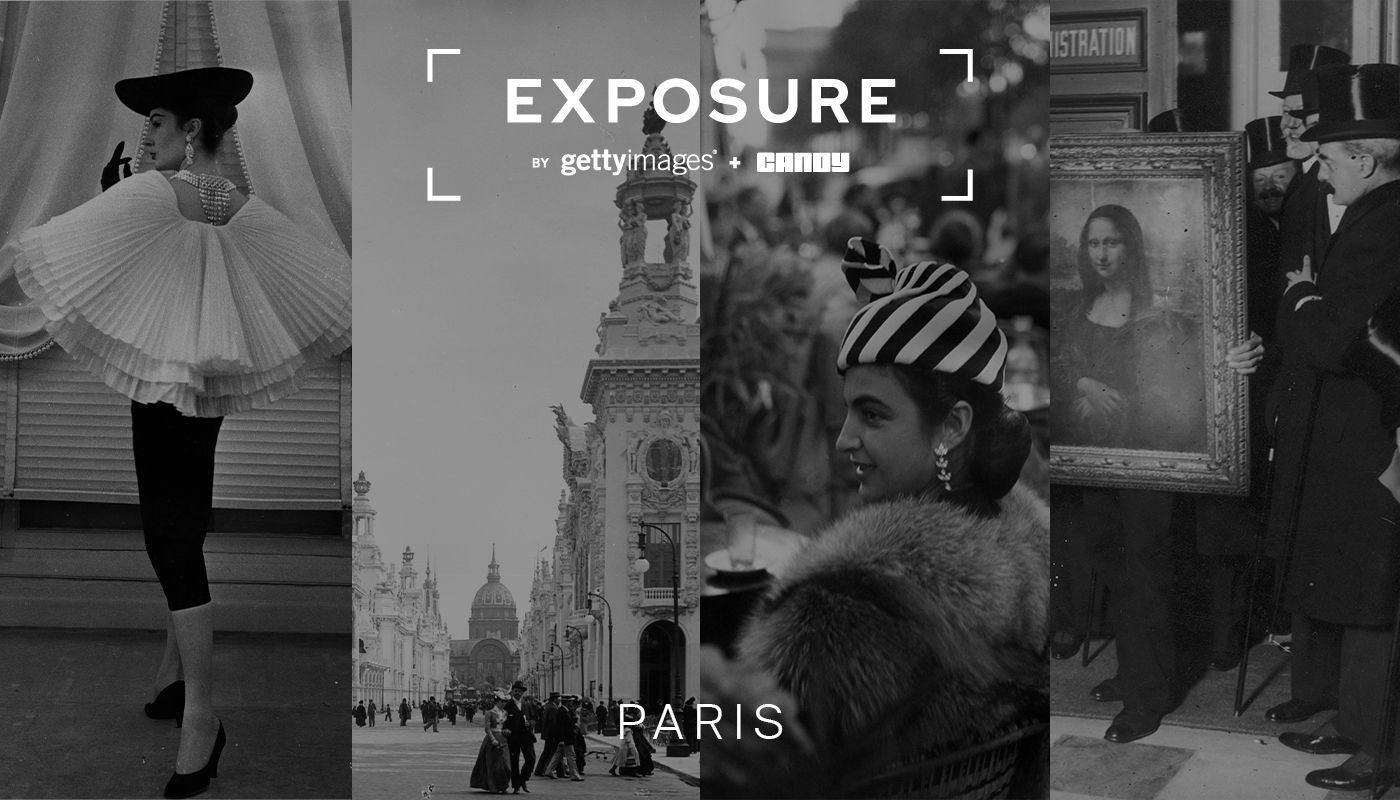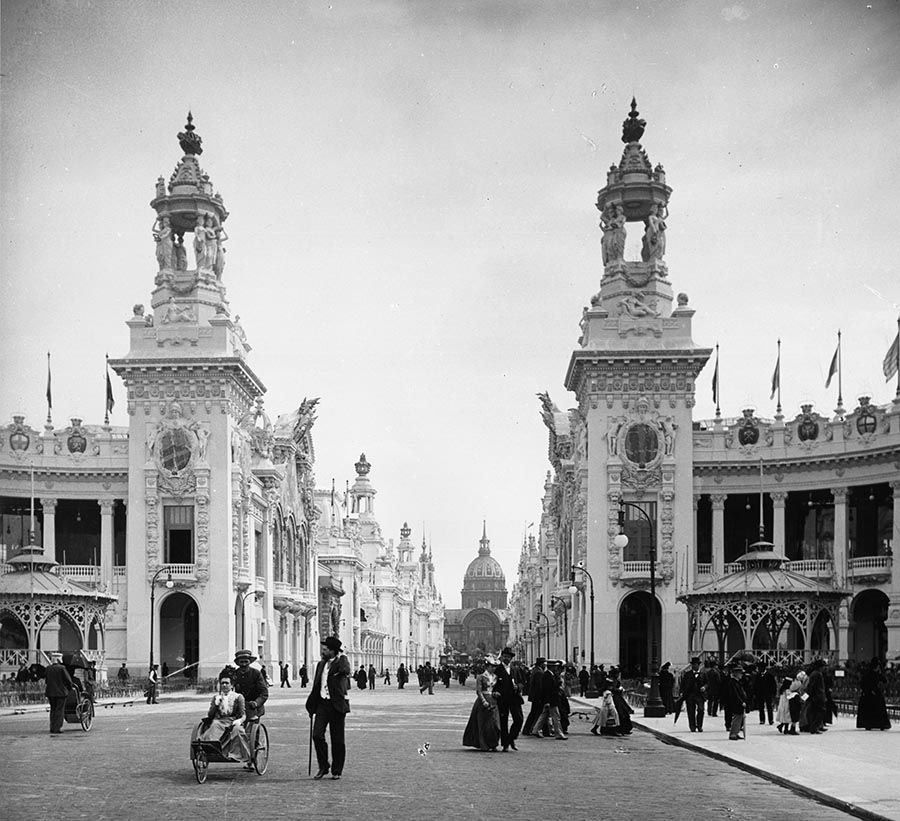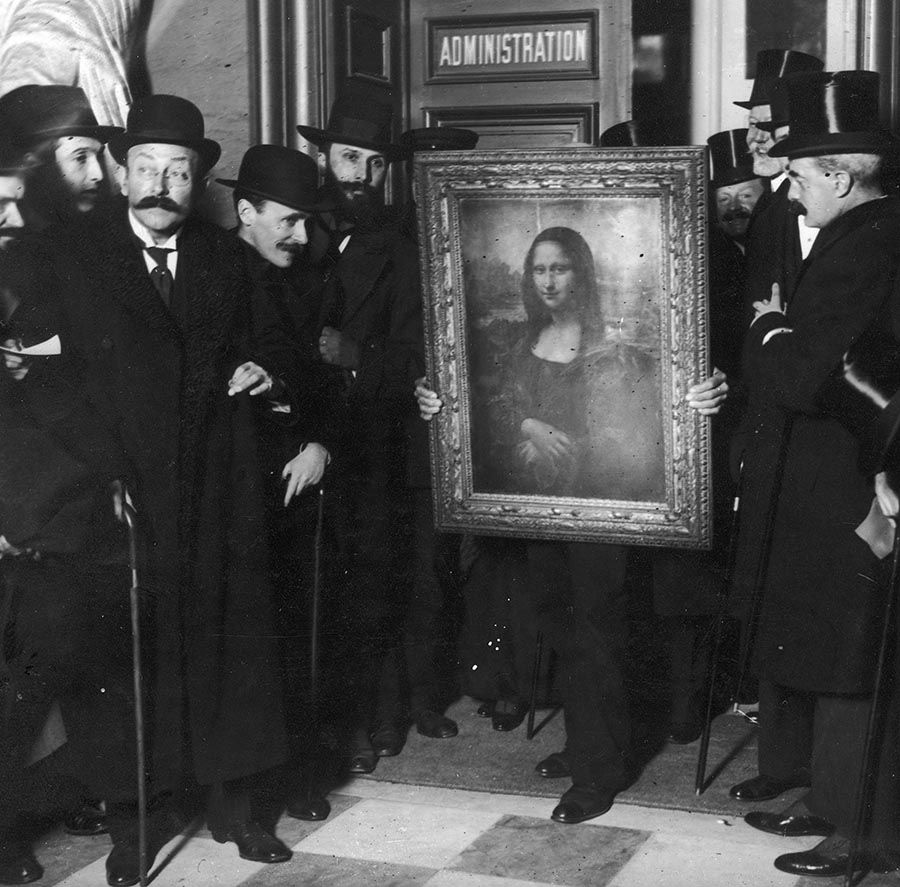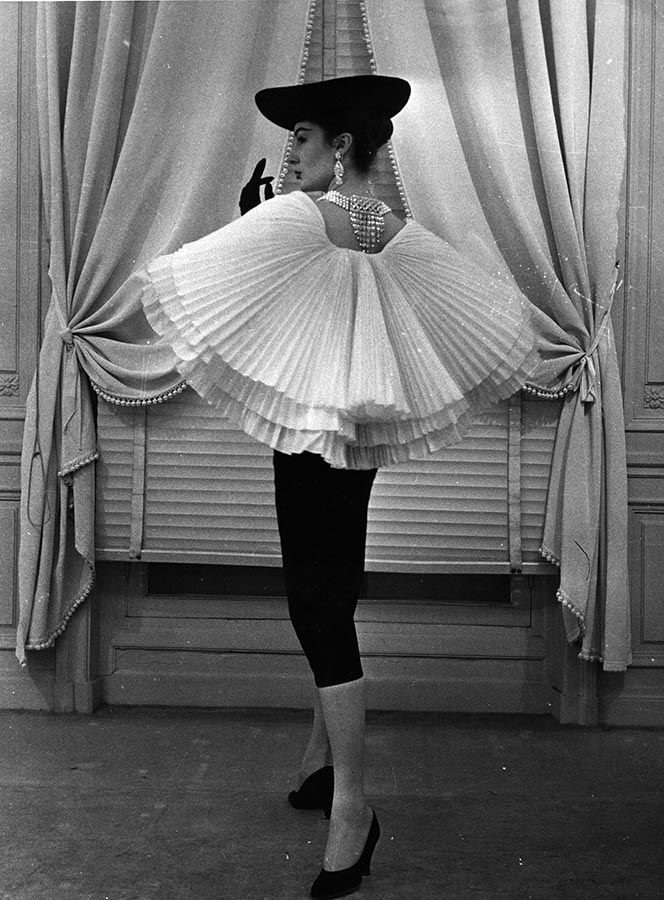City Diaries: Paris
Celebrating the City of Light. Learn more about the Paris digital photographs in this month's Exposure collection.

In the City of Light, every corner is a work of art, and every sidewalk is a runway. Paris has shone brightly across countless historical events, literary works, and cultural touch points, and has captivated the imagination through the ages.
Each of the four photographs below, taken from the City Diaries Collection, provides a different path through this enchanting labyrinth of fashion and culture.
London Stereoscopic Company: Paris Exhibition (1900)
The Paris Exposition Universelle of 1900 showcased a dazzling array of cultural treasures and technological wonders. In addition to unveiling architectural marvels like the Grand Palais and Petit Palais, the event also introduced revolutionary inventions like electric lighting and the Paris Metro, fostering international dialogue and leaving an indelible legacy of human progress.

Pictured: One of the many impressive displays featured at the 1900 Paris Exposition was the grand perspective of the Avenue Nicholas II, a wide boulevard that stretched from the Place de la Concorde to the Hotel des Invalides. From this vantage point, visitors could take in a view of the buildings and exhibitions that lined the avenue, including the Hotel des Invalides, a magnificent complex of buildings that housed a hospital and a museum of military history.
Paul Thompson: Return of the Mona Lisa (1914)
The story of the Mona Lisa's theft and subsequent return serves as a testament to the universal appeal and cultural significance of Da Vinci's masterpiece. The audacious theft, and subsequent return, of the Mona Lisa only heightened the world's fascination with her and underscored its significance.

Pictured: On January 4th, 1914, officials and art enthusiasts crowded around in eager anticipation as Da Vinci’s 'Mona Lisa' returned to Paris. Stolen from the Louvre Museum in 1911 by a daring Italian handyman named Vincenzo Peruggia, the painting was eventually recovered in Florence, Italy after a two-year search. The painting's theft raised concerns about the security of the Louvre's invaluable art collection, and its return left an indelible, optimistic mark on the public consciousness.
Bert Hardy: Champs Elysees Cafe (1951)
Throughout the 20s century, the Champs-Elysées has been a popular meeting spot for stylish Parisians, weaving through a tapestry of scents and sights. The air carried the aroma of freshly baked pastries and brewed coffee, while the vibrant colors of haute couture creations dazzled in shop windows. All told, this enchanting neighborhood was a sensual street show that placed every performer and passerby in the Parisian spotlight.

Pictured: This candid shot is taken from a series of photographs titled "Sunday in the Champs-Elysees", captured by the renowned British photographer Bert Hardy. Hardy's lens skillfully portrays the vibrant energy and daily life of the city as people strolled, chatted, and enjoyed their leisurely Sundays along the iconic street. This photograph, in particular, highlights the opulent accessories that were in vogue at the time – statements of defiance against the hardships of the war that signaled a return to glamor and refinement.
Savitry: Cocktail Dress (1956)
Immediately after the liberation of Paris in 1944, the city was on its knees. Yet within little more than a decade, it had regained its status as the unrivaled capital of style and romance. This revival was in part catalyzed by the Théâtre de la Mode, a traveling fashion exhibition featuring prominent designers like Jacques Fath, Coco Chanel, and Christian Dior – with the ultimate goal of reviving the French fashion industry after World War II.

Pictured: A newly debuted Parisian cocktail dress designed by French fashion designer Jacques Fath, the enfant terrible of the post-war haute couture scene. The dress featured a unique collar-cape frill that added an element of drama and elegance to the classic cocktail dress silhouette, in Fath’s iconic style which the New York Times once described as something “conceived for the benefit of women forced to ride bicycles during gasoline rationing”. By adding a splash of levity to the buttoned-up world of Paris couture, Fath’s designs played a role in helping Paris move past its post-war trauma.
Own a piece of Paris’ past, and all the joie de vivre it comes with. Check out our drop page and the marketplace — and make sure to claim your free to mint image.

